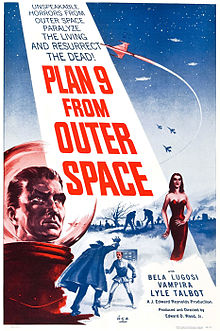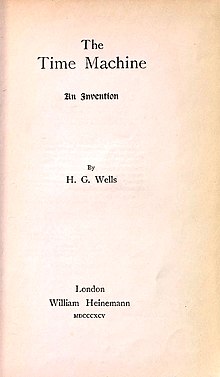Another month has come and gone, but the upcoming month I am looking forward to as cinemas can legally reopen in the UK from May 17th! I do not care what films are in Odeon when they reopen, I just cannot wait to sit in front of a giant screen with a tub of salted popcorn and a large coke! On a downside, it will take me longer to see films like Judas and the Black Messiah and Godzilla vs. Kong than expected, due to HBO Max now not coming to the UK until 2025, due to various deals Sky have going on…I mean COME ON! At present, the only way to watch those films is to pay £16 for a weekend rental on Prime…no thanks, I will wait for the DVD releases (or a price drop)!
Still…CINEMAS REOPENING!!! That gives me something to look forward to for May, so I am naturally pumped! Anyway, as for April, I did not get as much content posted as originally hoped due to having other stuff going on, but I did get some done. As for what my blog content will look like in May…I am unsure as of right now, but there will be regular posts, so fear not!
Thank you as always for visiting this blog and for the month ahead I wish you Happy Reading, but most of all that you and your loved ones stay healthy and safe during the ongoing uncertainties, re. the pandemic!








